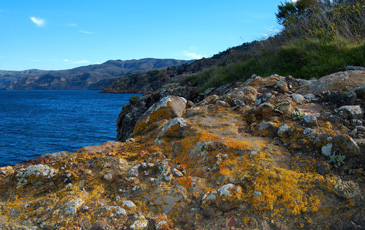The panel discussion presents the recent results of an on-going research program, supported by the National Science Foundation, the Research Institute for Humanity and Nature, the Gordon and Betty Moore Foundation, and California State Parks, which is examining various kinds of evidence for indigenous landscape management practices in Central California. While Native Californians constructed productive anthropogenic landscapes through a variety of methods, the primary management tool was fire. One reason they initiated prescribed burning was to enhance the quantity and diversity of plant and animal communities on which they depended for food, medicine, and raw materials for crafts. Our research team has initiated an inter-disciplinary approach for the study of anthropogenic burning employing ecological, archaeological, and anthropological data sets by recovering physical evidence for landscape management practices in the ancient and recent pasts.
The purpose of the panel discussion is to discuss the latest findings of the research program that involved fieldwork on the Santa Cruz Coast during the summer of 2016. A collaborative team of scholars from the Amah Mutsun Tribal Band, California State Parks, and the University of California campuses at Berkeley and Santa Cruz are investigating some of the earliest known coastal sites in the region dating to at least the Middle Holocene (7000-3000 BP), as well as other sites whose occupation spans from the Late Holocene (3000-300 BP) to historical times. Three research questions are being addressed: What is the earliest physical evidence for sustained landscape burning along the Central California Coast? How did these practices change over time? And how did these practices influence local biological communities?
The ultimate goal of the project is to examine how the physical evidence from the archaeological record can provide useful information for the contemporary management of public lands, such as in enhancing the richness and diversity of native species and maintaining high levels of landscape productivity and heterogeneity. The research team is exploring how lessons from the past can directly contribute to the contemporary management of public spaces by providing additional information about how people affected landscape biota over long periods of time, which may be useful in developing landscape rehabilitation programs rooted in the deep history of tribal practices. The findings of the project will be of direct relevance to the California State Parks and the Amah Mutsun Land Trust who are generating plans for the ecological restoration of selected public lands on the Central California Coast.
Indigenous Landscape Management Practices in Central California


